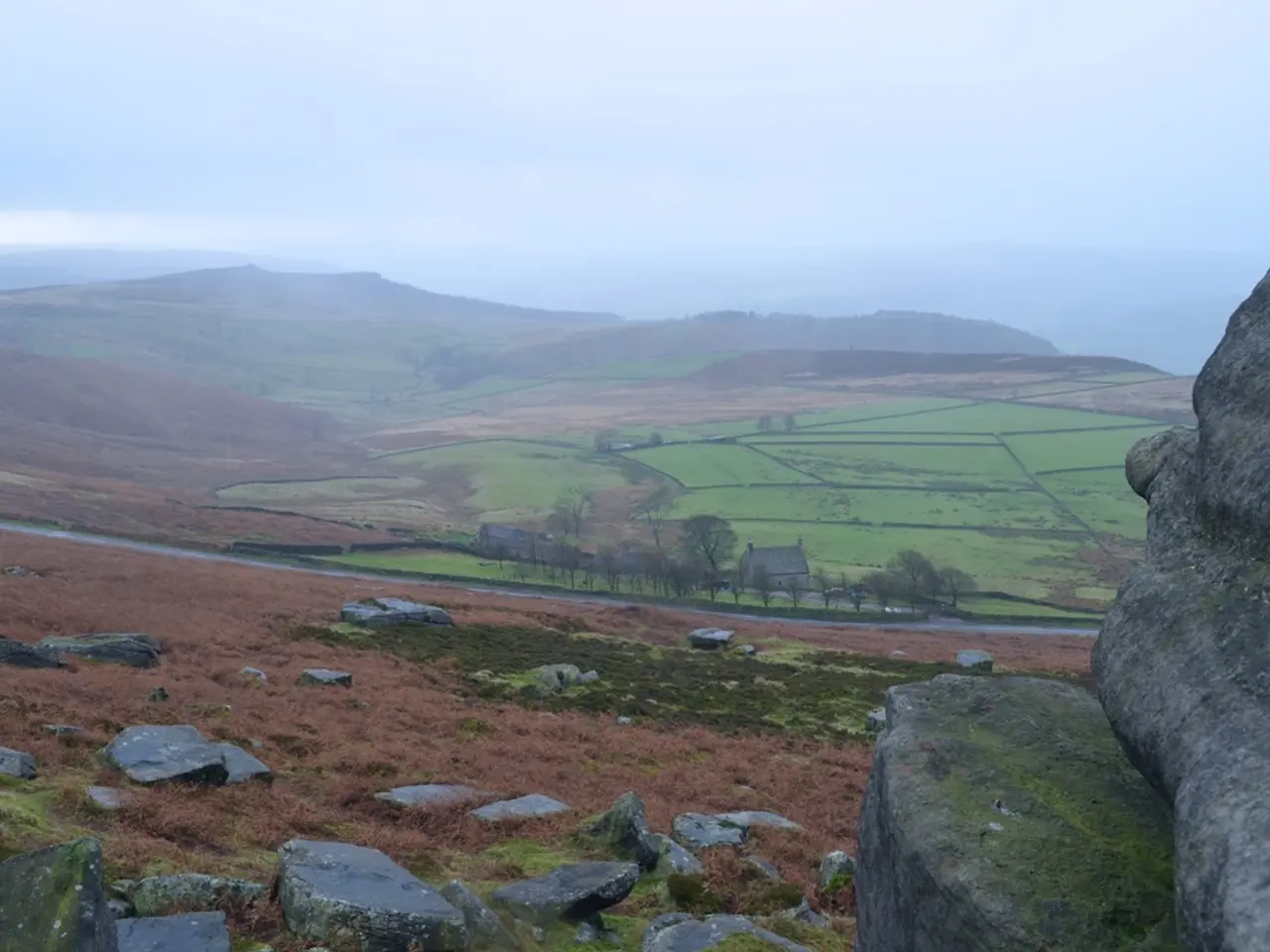Enhancing Tourism Quality and Satisfaction in Himachal
In the picturesque state of Himachal Pradesh, tourism and property development often appear to be intertwined, but it's essential to remember that they are distinct entities, with tourism only occasionally aiding tourism development.
The state's unique tourism assets, such as the Pong Wetland, Parashar and Chandertaal lakes, Great Himalayan National Park, Tirthan, Barot, Spiti, and Sainj Valleys, have the potential to draw nature lovers and adventure enthusiasts from around the globe. Wildlife tourism, particularly birding and the sighting of rare animals like the elusive snow leopard, could be a significant draw for these visitors.
However, the development of hydroelectric projects in Himachal Pradesh has the potential to become a tourist attraction, but no provisions are made for harmonizing tourism interests and hydel works. This oversight could lead to further problems if not addressed.
To combat unsustainable mass tourism and protect the state's fragile mountain ecosystem, Himachal Pradesh is exploring community-led, culturally rooted tourism, eco-tourism promotion, and climate-resilient infrastructure. These solutions aim to transition the state from volume-focused mass tourism to quality-focused, sustainable tourism that attracts higher-value visitors who value cultural authenticity and ecological conservation.
One example of this approach is the Mystic Village near Khajjiar, which empowers local Gaddi communities and women through responsible tourism that highlights traditional crafts and cuisine. This model promotes economic benefits for locals and sustains cultural heritage, reducing the negative impacts of mass tourism.
Another initiative is the implementation and scaling of the 2024 Eco-Tourism Policy, which plans to develop 77 new ecotourism sites emphasizing sustainable practices and community involvement. This policy encourages low-impact tourism that connects visitors with nature respectfully and supports local livelihoods.
To maintain environmental integrity while supporting tourism growth, focus is being placed on environmental protection through waste management innovations, especially reducing plastic pollution, which threatens fragile Himalayan ecosystems. Lessons from the region’s challenges with unmanaged plastic waste suggest that strengthening circular economy models and local recycling efforts will be essential.
Investing in climate-resilient infrastructure and natural disaster mitigation is also crucial to address risks posed by landslides, floods, and unchecked development. Moving from short-term recovery efforts to long-term strategies will preserve environmental quality and tourist safety, enhancing the destination's appeal to discerning travelers.
Education for both tourists and locals about the ecological sensitivity of the Himalayas and the benefits of sustainable tourism practices is also being integrated. This education fosters greater respect for nature and local culture, which high-value tourists increasingly seek.
By prioritizing these solutions, Himachal Pradesh can attract high-value tourists while preserving ecosystems and promoting sustainable development. Proper tourism policy development is crucial for managing tourism destinations like Shimla, Manali, Dharamshala, and Dalhousie, ensuring they become examples of responsible tourism rather than improperly managed ones.
Understanding what drives tourism and tourism value is essential for effective tourism policy development in Himachal Pradesh. New adventure tourism activities like mountaineering, wildlife, and birding have high potential in the state, and properly managed tourism can contribute significantly to the economy and development of Himachal Pradesh.
However, it's important to note that Himachal Pradesh currently lacks public-access gardens, while a garden in a remote point in Scotland attracts 3,50,000 visitors annually. Properly managed tourism can indeed bring immense benefits, but it requires careful planning and a deep understanding of what drives tourism and tourism value.
In conclusion, by focusing on sustainable tourism practices, Himachal Pradesh can attract high-value tourists, promote economic development, and preserve its unique and fragile ecosystems. This strategic shift requires policy support to incentivize responsible tourism operators, community empowerment, and infrastructure resilience to protect the state's mountain ecosystem while ensuring economic vitality.
A lifestyle that values ecological conservation and cultural authenticity might incite adventure enthusiasts to travel to Himachal Pradesh, where they can explore the Great Himalayan National Park, Parashar and Chandertaal lakes, and other natural attractions. For sports enthusiasts, the scenic state might also offer opportunities to participate in mountaineering, wildlife spotting, or bird-watching.
By investing in community-led tourism, eco-tourism promotion, and climate-resilient infrastructure, Himachal Pradesh is making a concerted effort to not only attract tourists but also sustain its unique lifestyle and protect its fragile mountains, becoming a beacon for sustainable travel.




